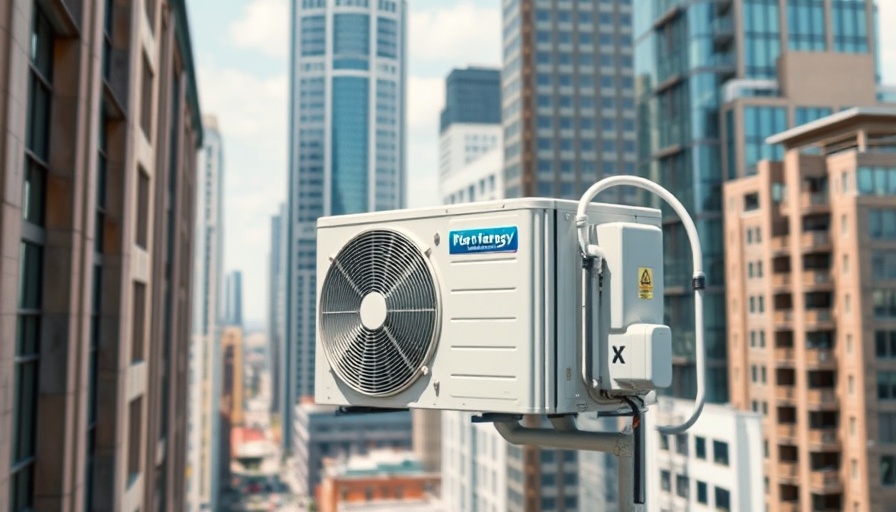
A Closer Look at Textile Recycling in Singapore
In Singapore, the narrative surrounding textile recycling is becoming increasingly complex. Last year, the country achieved a textile recycling rate of only 3.4%—a figure that is disheartening to many eco-conscious citizens. As described by Tan Yin Ling, co-founder of the circular fashion enterprise Cloop, a significant portion of textile waste produced is exported, primarily to the secondhand market. While it may seem that this practice contributes to recycling, it raises fundamental questions about the veracity of how Singapore's recycling efforts are evaluated and reported.
The Rise of Cloop and Local Recycling Initiatives
Founded in 2020, Cloop has emerged as a pioneer in the local circular economy, aiming to enhance Singapore's textile recycling rate. Through its vibrant yellow bins, which have proliferated throughout the island from 60 to over 450 in just over a year, Cloop incentivizes residents to drop off their used clothing, accessories, and more. By partnering with Life Line Clothing in Malaysia, Cloop helps sort and classify the collected textiles into more than 500 categories, viable for reuse and recycling, thereby diverting over 7 million kilograms of textile waste from landfills.
Understanding the Misconceptions of Recycling
Despite these achievements, Tan emphasizes the importance of reframing our understanding of recycling. For many, the label of “recycling” implies a certain environmental responsibility. However, if textiles are merely exported without any processing occurring locally, it distorts the recycling rate metrics published by the National Environment Agency (NEA). Tan questions whether the reported figures accurately reflect Singapore’s recycling capabilities, urging a more profound conversation about what true recycling means in today's context.
Challenges to Building Local Recycling Capacity
Cloop's ambitious goals for the textile recycling landscape are not without obstacles. The local industry is plagued by economic challenges that restrict the scale at which textile recycling facilities can operate. Tan points out that without sufficient investments and support, smaller recycling operations may not achieve the levels sufficient for sustainability. The need for infrastructure, funding, and public awareness campaigns are pivotal in creating a self-sufficient recycling ecosystem.
Future Trends in Textile Recycling
Looking ahead, the circular fashion model championed by Cloop has the potential to redefine consumer habits and environmental impact in Singapore. As awareness grows around sustainability practices and the direct impact of waste on climate change, consumer demand for eco-friendly products will increase exponentially. This shift in mindset can pave the way for local businesses to expand their recycling initiatives and develop innovative solutions that resonate with the notion of responsible consumption.
The Role of Community in Sustainable Practices
The involvement of the community is instrumental in pushing forward sustainability initiatives. Cloop harnesses this power effectively, with over 300 volunteers rallying behind its cause. These individuals help sort, process, and promote the movement towards eco-friendly living. As communities come together to reduce waste and responsibly manage resources, they adequately reflect the values that underpin a sustainable future.
Redefining Our Carbon Footprint
Engaging with initiatives like Cloop allows individuals to learn more about their carbon footprint and the importance of upcycling, responsible consumption, and ethical sourcing, which are all critical aspects of a sustainable lifestyle. By adopting these habits, consumers can not only decrease waste but also inspire others to follow in their footsteps, creating a ripple effect throughout society.
Call to Action: Get Involved!
The challenges posed by textile waste should not be underestimated. By supporting organizations like Cloop and engaging in local recycling efforts, you take a tangible step towards a more sustainable future. Participate in community clean-ups, donate your gently used clothing, and educate others about the importance of responsible recycling practices. Every action counts in the fight against textile waste and contributes to a cleaner, greener planet.
 Add Row
Add Row  Add
Add 



Write A Comment